Maritime Safety Standards: Every Worker Should Be Safe
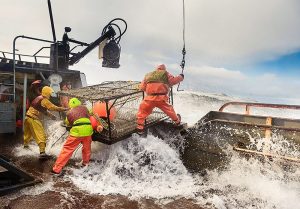 When deckhand Carlos slipped and fell during a routine operation in rough seas, he fractured his arm and was unable to work for months. An investigation revealed inadequate safety protocols, insufficient training, and a lack of clear communication had contributed to the accident. Had the vessel implemented effective training, emphasized clear safety communication, and ensured crew engagement in safety planning, Carlos’s injury might have been prevented.
When deckhand Carlos slipped and fell during a routine operation in rough seas, he fractured his arm and was unable to work for months. An investigation revealed inadequate safety protocols, insufficient training, and a lack of clear communication had contributed to the accident. Had the vessel implemented effective training, emphasized clear safety communication, and ensured crew engagement in safety planning, Carlos’s injury might have been prevented.
Owners, workers, families, and communities all want workers to be safe at sea. Yet cultivating a true culture of maritime safety doesn’t happen overnight. It requires a structured effort beginning at the organization’s highest levels then filtering down the chain of command.
The International Maritime Organization (IMO) clearly defines an effective safety culture as one where safety is prioritized and managed as meticulously as any other crucial business function. Achieving a culture of safety requires following best practices for safety across the maritime industry.
 Maritime Injury Law Blog
Maritime Injury Law Blog


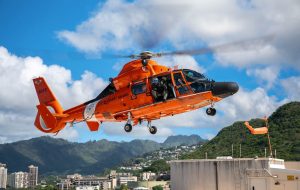
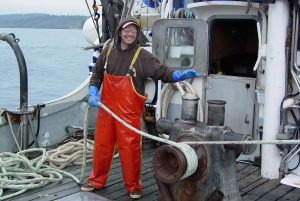
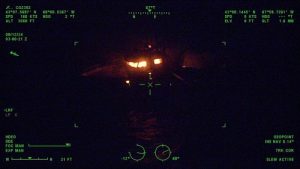
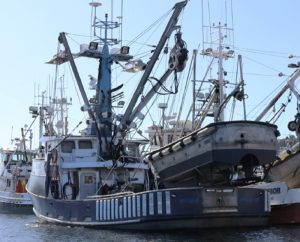
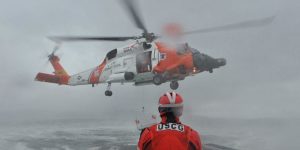
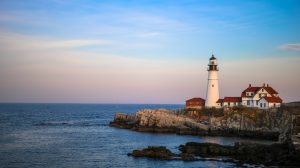

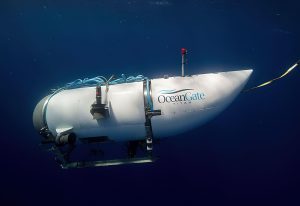 The U.S. Coast Guard has launched an investigation into the “catastrophic implosion” of the privately-owned underwater vessel TITAN. The vessel was destroyed while en route to the wreckage site of the TITANTIC, resulting in the tragic loss of all five individuals on board.
The U.S. Coast Guard has launched an investigation into the “catastrophic implosion” of the privately-owned underwater vessel TITAN. The vessel was destroyed while en route to the wreckage site of the TITANTIC, resulting in the tragic loss of all five individuals on board.